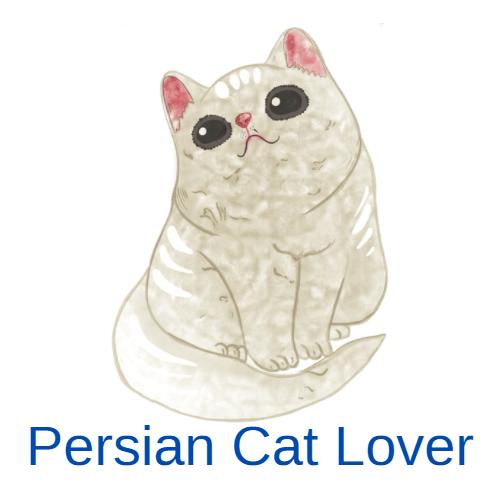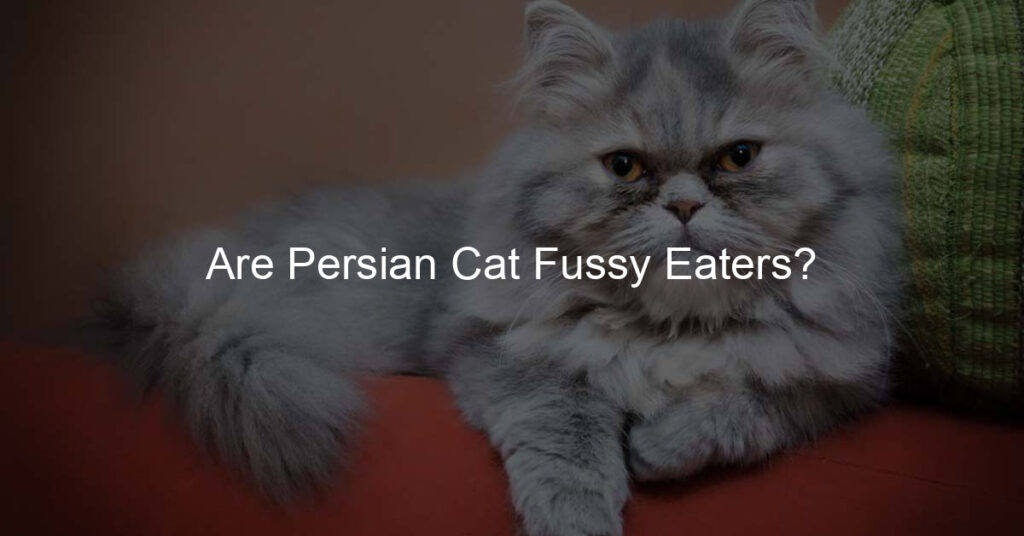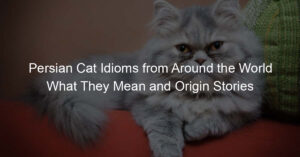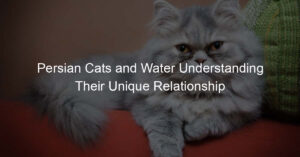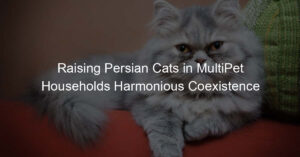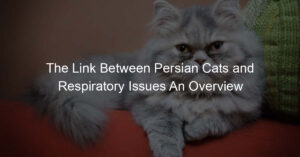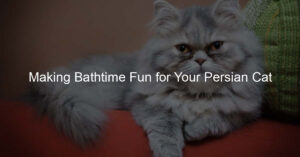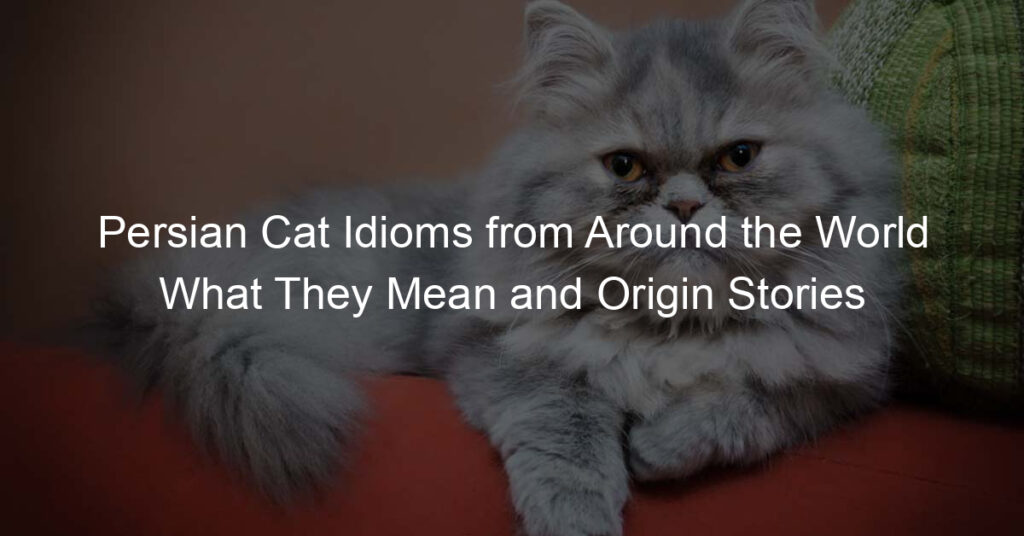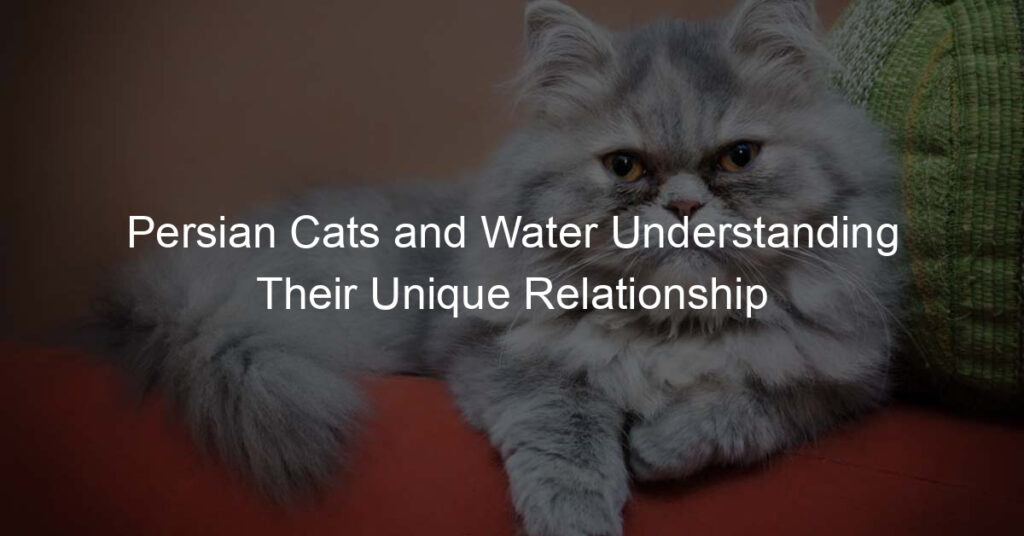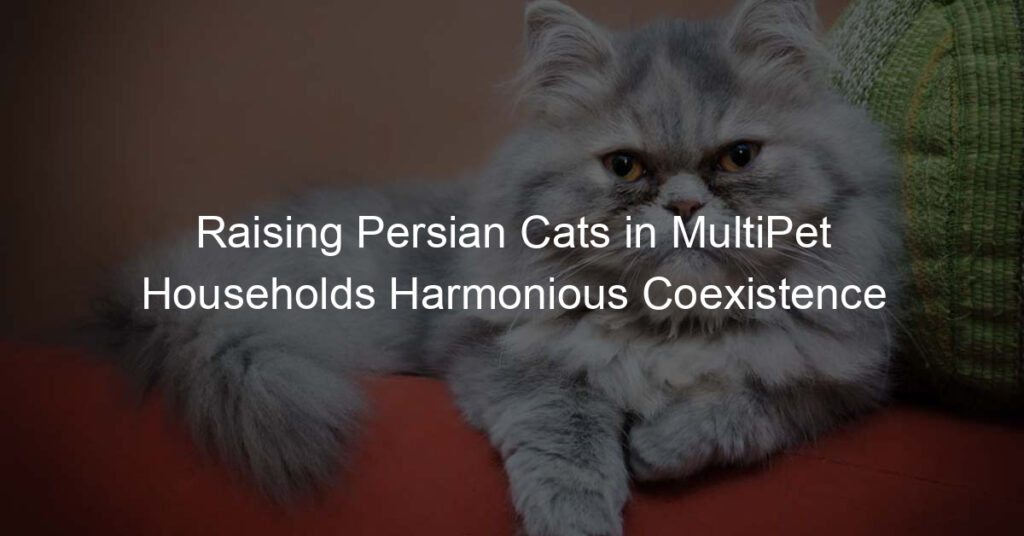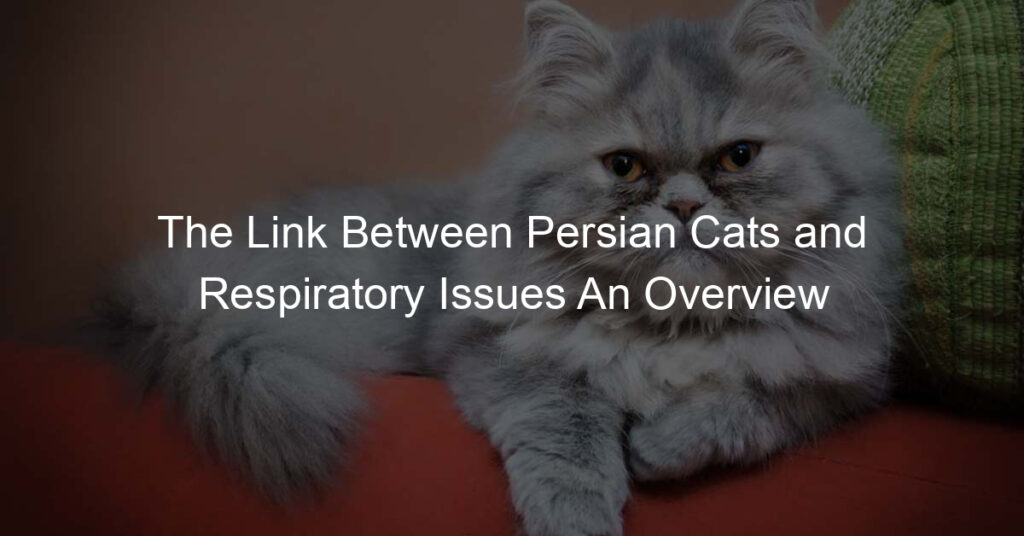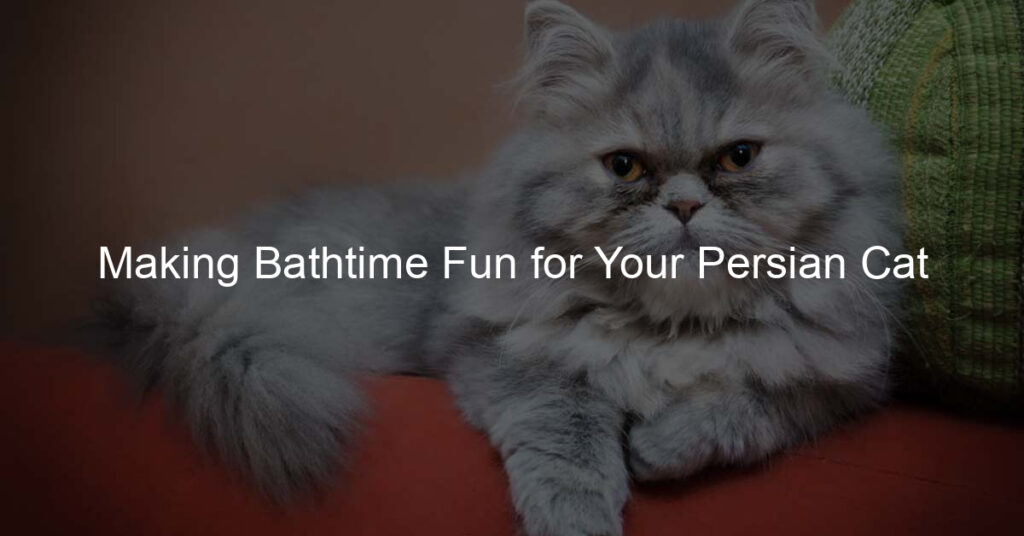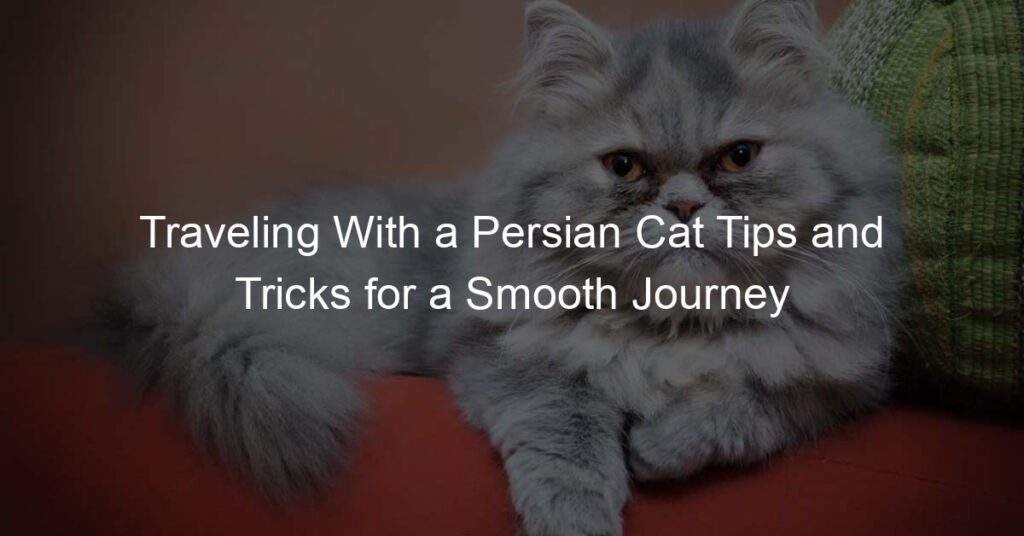While some cats can be quite particular about what they will or won’t eat, Persians typically don’t show any fussiness over their meals, making them an excellent choice for busy households with limited time to prepare elaborate dishes.
That being said, there are still certain things that Persian cat owners should consider when choosing diets for their pets. For example, health-conscious individuals may want to look into low-calorie foods free of artificial preservatives and grains.
In contrast, more playful felines may need something with more energy and nutrition to keep up with their active lifestyles.
Also, it is essential to remember that cats are creatures of habit and typically prefer routine. Therefore, many Persian cats may not take kindly to sudden changes in their diets; gradually introducing new meals into a cat’s diet can help prevent picky eating behavior later on.
Are Persian Cats Picky Eaters?
Generally, Persian cats are not known for being fussy eaters. However, with the right care and consideration, pet owners can help ensure their cats’ dietary needs are met in a way that keeps them both healthy and happy.
It is essential to be aware of what goes into your cat’s diet, as this will affect their overall health. In addition, by keeping an eye on their food’s ingredients, you can ensure that your Persian cat stays in peak physical condition!
Persian cats are typically quite content with their food choices, but there are still certain things to consider when choosing the best diet for them. It is important to understand their nutritional needs and the quality of ingredients in the food they are eating.
Many Persian cats enjoy wet food, which can help keep them hydrated and provide a more appealing texture. However, dry food can also be a great option as it is easier to store and often contains more vitamins and minerals necessary for a healthy lifestyle.
Additionally, some owners may find that providing both wet and dry food can help keep their cats well-nourished and satiated.
It’s also essential to understand that some Persian cats may require special diets due to health concerns or allergies. In such cases, veterinary advice should be sought to identify what kind of diet will best suit your pet’s individual needs.
Is There an Ideal Nutrition Plan for a Persian Cat’s Diet?
The ideal nutrition plan for a Persian cat’s diet depends on age and activity level. For example, kittens need higher fat and protein diets, while adult cats require foods with fewer calories but more essential vitamins and minerals.
A good rule of thumb is to consult your veterinarian about what type of food would be best for your particular pet.
In general, it is recommended that Persian cats eat wet and dry food as part of their regular diet, as this can provide them with the necessary nutrients.
Also, providing plenty of fresh water throughout the day is always vital for optimal health.
Finally, owners should also monitor their cat’s weight regularly; Dry food can also be a great option as it is easier to store and often contains more vitamins and minerals necessary for a healthy lifestyle.
It is essential to be aware of what goes into your cat’s diet, as this will affect their overall health. By keeping an eye on their food ingredients, you can ensure that your Persian cat stays in peak physical condition!
Not only that, but cats need specific nutrients to stay healthy, like taurine, which can help maintain eyesight as well as muscle growth.
Cats also need omega-3 fatty acids, which help promote brain development and better skin coats, so pet owners must make sure these nutrients are present in the food they give their furry friends.
Furthermore, Persian cats have sensitive digestive systems, so it is essential to look out for special diets that cater specifically to felines; these diets should include prebiotics that helps boost gut health and probiotics that can aid digestion and reduce flatulence problems with cats.
Many Persian cats enjoy wet food due to its appealing texture, while dry food often has more vitamins and minerals necessary for a healthy lifestyle.
It is also important to remember that cats are creatures of habit and typically prefer routine;
therefore, sudden changes in diet may lead to picky eating behavior, later on, so gradually introducing new meals into a cat’s diet can help prevent this from happening while giving them the nutrition they need at the same time.
Last but not least, it is necessary that pet owners monitor their cat’s weight regularly since gaining too much or too little weight can cause serious health problems;
an ideal nutrition plan for a Persian cat’s diet varies depending on age, so consulting with your veterinarian or another expert in animal nutrition would be helpful when planning out meals for your pet!
Does the Type of Bowl Affect How Much a Persian Cat Eats?
The type of food bowl can have a significant effect on how much a Persian cat eats. For instance, some cats may respond better to having two smaller bowls rather than one large bowl, as this gives them the sense that they are getting more food, even if it is the same amount.
Placing their food dish in an elevated position can help encourage them to eat more; for cats, being able to look down on their food helps give them a sense of security and comfort.
Ultimately, every cat is different, and owners should experiment with different types of bowls to see which ones work best for their pet.
How Much Should a Full-Grown Adult Persian Cat Eat per Day?
A full-grown adult Persian cat should eat anywhere between 1/4 to 1/2 cups of dry food per day. This should be supplemented with a small amount of wet food for added hydration and nutrients.
Cats need access to fresh water throughout the day as well. Therefore, monitoring your cat’s weight regularly and adjusting its portion sizes accordingly is essential.
In conclusion,
Persian cats are fussy eaters, and the type of bowl can affect how much they eat. It is crucial to provide them with a balanced diet consisting of wet and dry food to ensure that they receive all the necessary vitamins and minerals.
Additionally, owners should regularly monitor their cat’s weight so that portion sportionsdjusted as needed. Following these simple guidelines, pet owners can help keep their Persian cats healthy and happy for years to come!
